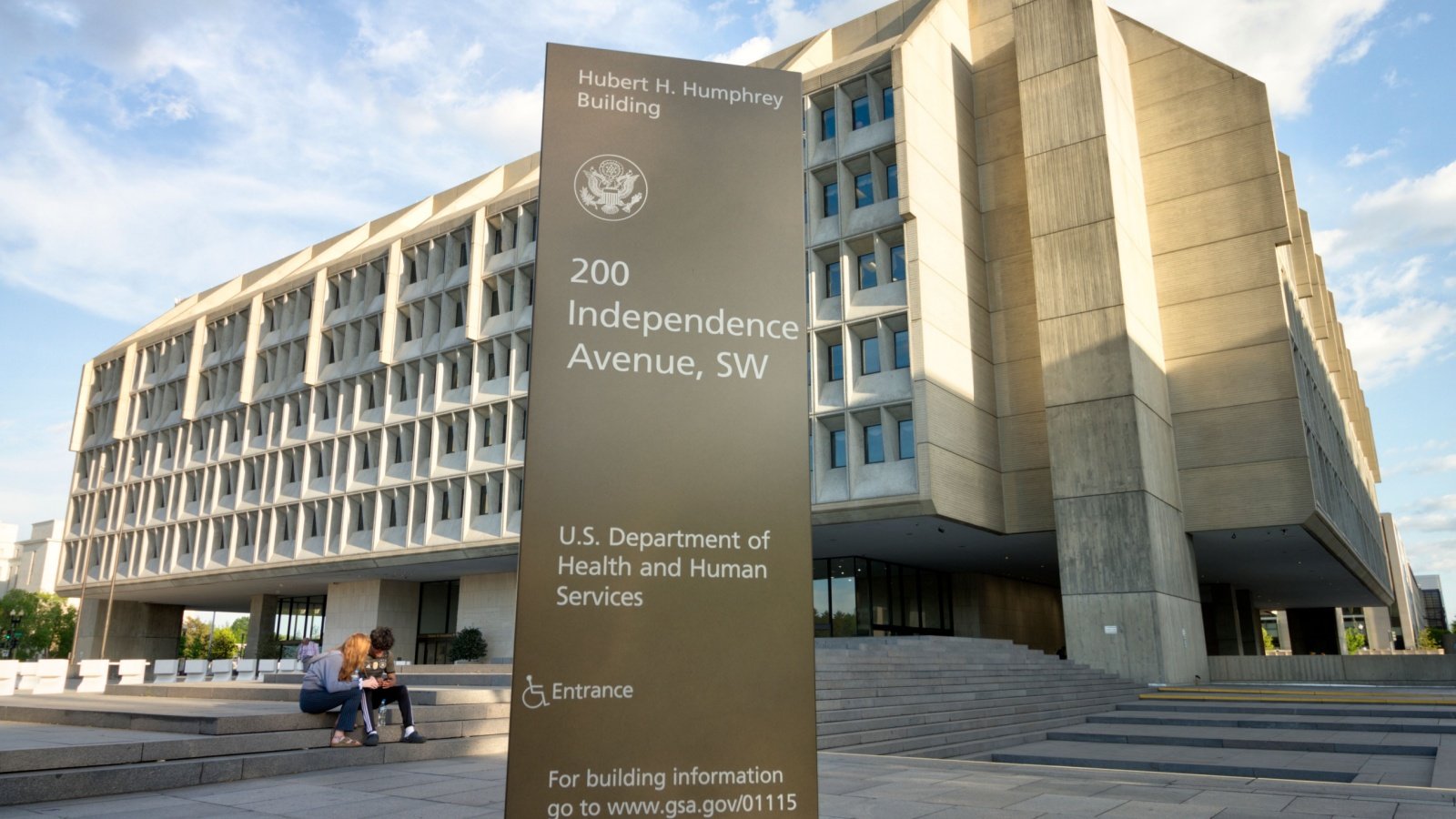A Washington insider newspaper, The Hill, recently published an Op-Ed suggesting that one way to resolve aspects of the current migration crisis would be to allow asylum seekers to work more easily when coming to the country as refugees. The argument is based on the net positive contribution the migrants could make to the local economy, rather than causing stress to the social safety net of border cities and states.
Limitation on Work Permits

Katherine Camberg of the libertarian-leaning think tank American Enterprise Institute penned the op-ed. Camberg states that while many migrants who come to the United States seeking asylum want to work, they are limited in their ability to do so. They must wait 150 days after filing their asylum papers before seeking a work permit.
Lack of Federal Benefits

In the meantime, the migrants cannot access federal benefits. If they do not have any savings or family to support them, they rely on the local government for food, shelter, and emergency healthcare.
Financial Strain on Border Cities and States

Border cities and states have been raising the alarm for years that the cost of caring for the influx of migrants across their borders poses an unsustainable cost to the local governments. Not all states bear this cost equally, but it impacts border states disproportionately. In these cities and states, residents have stated that the limited resources are being funneled away from them to new arrivals.
Statements from City Mayors

Even Democratic New York City Mayor Eric Adams has stated that the mass influx of new arrivals into the city “will destroy” it. The sentiment was echoed by Mayors from Denver and Chicago as well.
California and Texas Spent $21B and $8B Respectively

According to Camberg’s article, the immigration crisis has cost California and Texas more than $21 billion and $8 billion, respectively. In both states and Arizona, the National Guard was called in to assist in the orderly processing of migrants into the community.
Emergency Declarations

Many border cities have made emergency declarations in response to the mass increase of migrants within their jurisdiction.
Proposal to Lessen the Burden

For this reason, Camberg suggests that allowing this population of asylum seekers to engage in employment right away would lessen the burden on localities, cities, and states to provide for the population’s needs.
Economic Impact of Asylum Seekers Working

Camberg cites a study by the Department of Health and Human Services, which shows that if asylum seekers and refugees could work and contribute to the national economy through taxes, the net result would be $123 billion over 15 years.
Workforce Demographics

Of the millions of asylum seekers in the United States today, nearly 80 percent are of working age. This is in stark contrast to only 61 percent of the U.S.-born population being of working age.
Objections to Migrants Working

One of the most persistent and serious objections some Americans have to allowing the migrant population to work is that they might take jobs that would otherwise employ Americans looking for work.
Current Job Market Conditions

However, Camberg says that at least right now, the unemployment numbers in the United States are low, and many jobs remain unfilled. Many jobs involve work Americans do not want, but migrants may be willing to do, such as picking fruit in the hot summer sun. Other manual labor jobs also remain unfilled in the current economy, and migrants are often looking for jobs the U.S. economy needs, such as providing home health care and childcare.
Changing Demographics of Migrants

Unlike migrant waves of the past, which were generally made up mostly of young male labor-seekers, the asylum seekers of today’s immigration wave are much more diverse, making the labor competition factor less threatening to certain workforce sectors than they were in past decades.
Concerns from Unions and Labor Activists

Despite these differences, liberal union bosses and MAGA-minded labor activists alike are concerned about the impact of lower wage earners entering the country and taking jobs from Americans or driving wages down through competition. Camberg dismisses this concern, citing a current imbalance in the job market that is not guaranteed to continue.







